Structural Design I
The courses Structural Design I and II explain the fundamentals of how structures function. These courses put great emphasis on studying the relationship between the form of a structure and the internal forces within it by means of graphic statics.
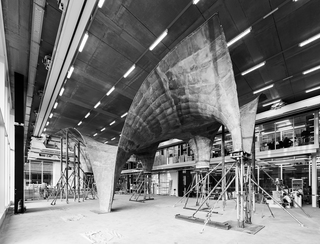
Lecture: Structural Design
In this lecture, Professor Philippe Block will introduce the topic and present their most relevant professional works. In addition, an overview of the curriculum comprising all the courses from Structural Design I to Structural Design VII will be introduced.
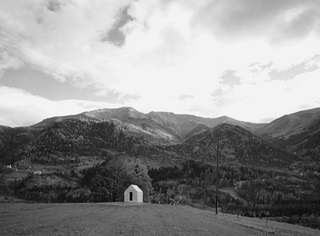
Lecture 1: Equilibrium
This lecture provides an introduction to Structural Design by considering the state of equilibrium of global systems. For the first time, Graphic Statics will be discussed and practiced with the help of examples. The main aspect of the lecture is on the different methods for finding resultants, which will be explained step by step by Professor Philippe Block.
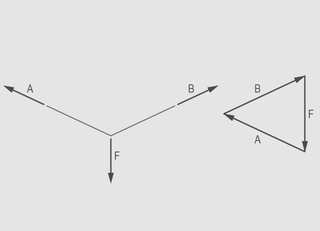
Lecture 2: Graphic Statics & Dimensioning
The lecture gives an overview of different building materials and their dimensioning. In addition, the basics of graphic statics are illustrated with an example. Additionally, the difference between the analysis of a structure and its form-finding is established.

Lecture 3: Cables
This lecture covers the equilibrium of cable structures. A series of simple examples is used to introduce the terminology and factors which are relevant to the structural behaviour (pole, rise, types of loading). At the beginning of the lecture a first case study immediately develops into a sophisticated cable structure with possible applications ranging from elegant bridges to efficient roofs.
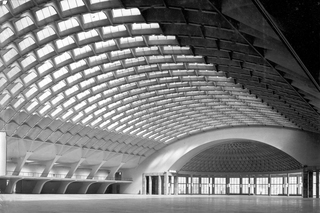
Lecture 4: Arches
This lecture is based on the principle of inverting tension to compression – hanging cables are inverted into standing arches. Two-dimensional structures in masonry such as arches and buttresses are discussed.
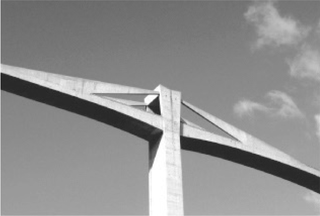
Lecture 5: Arch-Cable Structures
This lecture demonstrates the structural behaviour of arch-cable structures as a combination of funicular arches and cables. To illustrate how arch-cable structures work, the relationship between their load-bearing behaviour and support conditions is investigated in a step-by-step manner. The found principle can be applied to different structural boundary conditions.